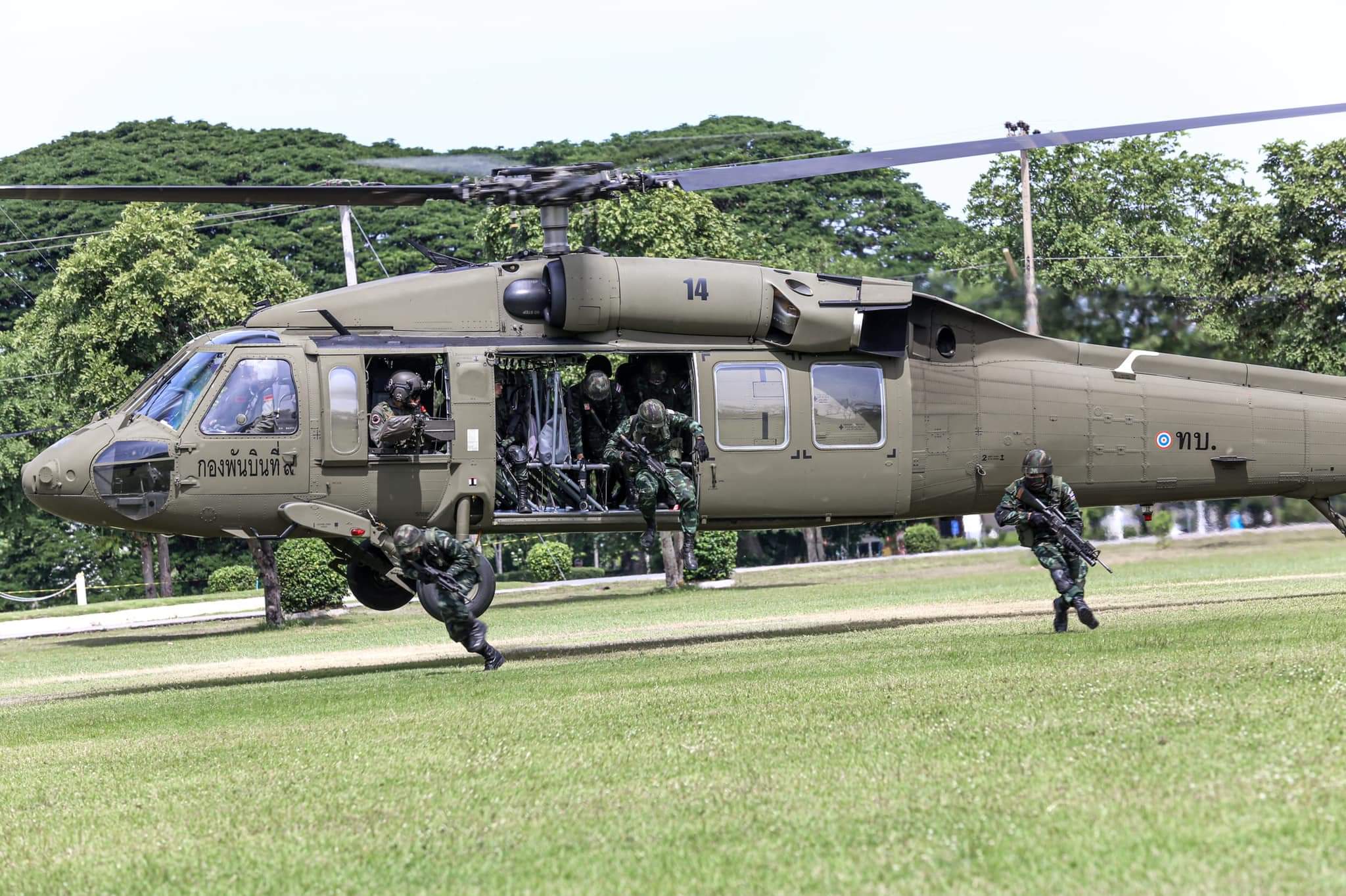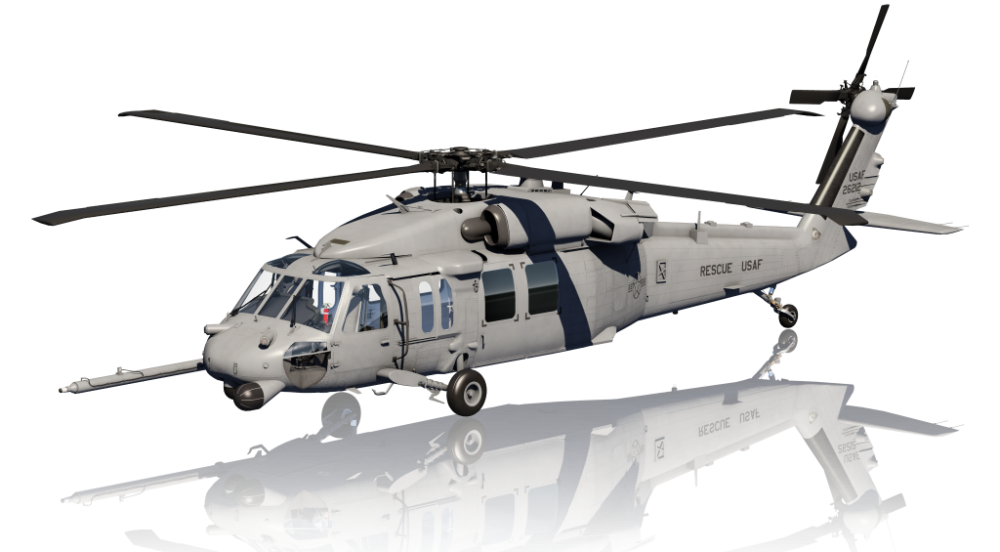Comprehensive Summary of the UH-60 Blackhawk Helicopter
The UH-60 Blackhawk helicopter, a hallmark of contemporary army air travel, has actually played an indispensable function in varied operational cinemas since its intro in the 1980s. With its robust layout and adaptability, it has adjusted to meet numerous goals, from army transport to clinical discharge. As we discover its complex background, style specifications, and technical innovations, it comes to be evident that the Blackhawk's impact expands far beyond the battlefield. The complete extent of its tradition and the lessons discovered from its release throughout the globe warrant a closer examination.
History and Advancement
The UH-60 Blackhawk helicopter has actually continually been a cornerstone of united state army aeronautics because its intro in the late 1970s. Created by Sikorsky Aircraft, the Blackhawk was made to meet the Army's requirement for a versatile utility helicopter that can execute a variety of missions in numerous atmospheres. UH-60 Blackhawk. The growth process started in 1972, with the initial prototype flying in 1974
Its operational debut came during the 1980s, where it was quickly identified for its agility, capacity, and rate to transport troops and cargo efficiently. The Blackhawk's efficiency in the 1983 Grenada invasion and subsequent operations strengthened its track record as a dependable workhorse for the united state Military. For many years, the helicopter has actually undergone various upgrades and variants, adjusting to evolving army needs, consisting of the enhancement of innovative avionics and tool systems.

The Blackhawk's layout has actually also progressed to offer various branches of the armed forces and allied forces, showcasing its versatility. Today, it continues to be an indispensable component of united state military procedures and remains to be a recommended selection for rotary-wing air travel throughout the world, showing its enduring heritage and recurring importance in modern-day war.
Style and Requirements
Engineered for efficiency and adaptability, the UH-60 Blackhawk helicopter features a robust style that enhances its functional capacities. With a length of 64 feet and a rotor diameter of 53 feet, the Blackhawk is made to fit a vast variety of missions.
The helicopter is powered by two General Electric T700-GE-701C engines, each providing 1,800 shaft horse power, which ensures high levels of reliability and efficiency in diverse settings. The rotor system is a four-blade, completely verbalized style that enables exceptional ability to move and stability, also in unfavorable conditions.
Furthermore, the UH-60 includes innovative avionics and trip control systems that boost situational understanding and pilot control. The cabin is designed for quick reconfiguration, permitting it to sustain numerous mission profiles, from army transportation to clinical discharge. In general, the layout and specifications of the UH-60 Blackhawk demonstrate a dedication to functional excellence and adaptability in the area.

Duties and Goals
With its durable layout and advanced capacities, the UH-60 Blackhawk helicopter serves a multitude of functions throughout numerous military operations. Originally established for troop transportation, the Blackhawk has actually evolved to execute a large array of missions, consisting this of clinical discharge, search and rescue, and logistical assistance. Its adaptability allows it to run in diverse settings, from urban landscapes to rugged terrains.
In battle circumstances, the Blackhawk is important for putting and removing special operations pressures, offering them with the wheelchair needed to execute their missions successfully. Additionally, the helicopter can be equipped with advanced communication and avionics systems, enhancing its duty as a command and control system in dynamic combat scenarios.

Technological Advancements
Incorporating sophisticated technologies has significantly boosted the efficiency and abilities of the UH-60 Blackhawk helicopter. The unification of sophisticated avionics systems, including electronic flight control and enhanced situational awareness screens, has enhanced pilot navigating and decision-making in complicated environments. These systems enable real-time information handling, assisting in better communication and sychronisation during missions.
Additionally, the Blackhawk's airframe has undergone significant upgrades, using composite materials that reduce weight while raising architectural integrity. This adjustment adds to improved fuel performance and operational array. The helicopter is also equipped with sophisticated propulsion systems that provide better power and reliability, guaranteeing optimal efficiency in diverse problems.
In addition, the integration of modern sensors and weapon systems has actually broadened the Blackhawk's versatility. Enhanced useful link targeting capacities and advanced risk discovery find out here now systems permit reliable engagement in combat scenarios, enhancing objective success prices.
Global Impact and Tradition
The UH-60 Blackhawk helicopter has made an extensive effect on humanitarian efforts and armed forces operations worldwide because its introduction in the late 1970s. Its adaptability and advanced innovation have actually enabled it to serve in different duties, consisting of troop transportation, clinical evacuation, and logistical support (UH-60 Blackhawk). The helicopter's efficiency in battle scenarios has redefined aerial mobility, permitting forces to react swiftly and effectively to vibrant combat zone conditions
Globally, the Blackhawk has been deployed in many conflicts, from the Persian Gulf to the Balkans, showcasing its flexibility to diverse settings. Its function in humanitarian goals, such as catastrophe relief and search-and-rescue procedures, has further solidified its credibility as a reputable property in situation circumstances.
The heritage of the UH-60 prolongs beyond its army applications; it has actually likewise affected helicopter style and functional teaching worldwide. Its success has motivated various other nations to develop similar airplane, enhancing worldwide air travel requirements and operational capabilities. As the Blackhawk remains to advance with contemporary upgrades, its influence on both armed forces and private air travel remains substantial, guaranteeing its location in background as one of one of the most iconic helicopters of its time.
Final Thought
The UH-60 Blackhawk helicopter stands as a testament to cutting-edge design and flexible military application. As a result, the Blackhawk has actually left an indelible mark on military aviation, influencing future helicopter designs and redefining tactical methods throughout the world.
The UH-60 Blackhawk helicopter, a characteristic of modern military aeronautics, has played a crucial duty in varied functional cinemas because its introduction in the 1980s - UH-60 Blackhawk.The UH-60 Blackhawk helicopter has actually continually been a keystone of U.S. military air travel since its introduction in the late 1970s.Engineered for efficiency and adaptability, the UH-60 Blackhawk helicopter features a durable layout that boosts its operational capacities.With its robust style and advanced abilities, the UH-60 Blackhawk helicopter serves a wide range of functions throughout numerous armed forces operations.The UH-60 Blackhawk helicopter has made an extensive influence on humanitarian efforts and armed forces operations worldwide given that its introduction in the late 1970s